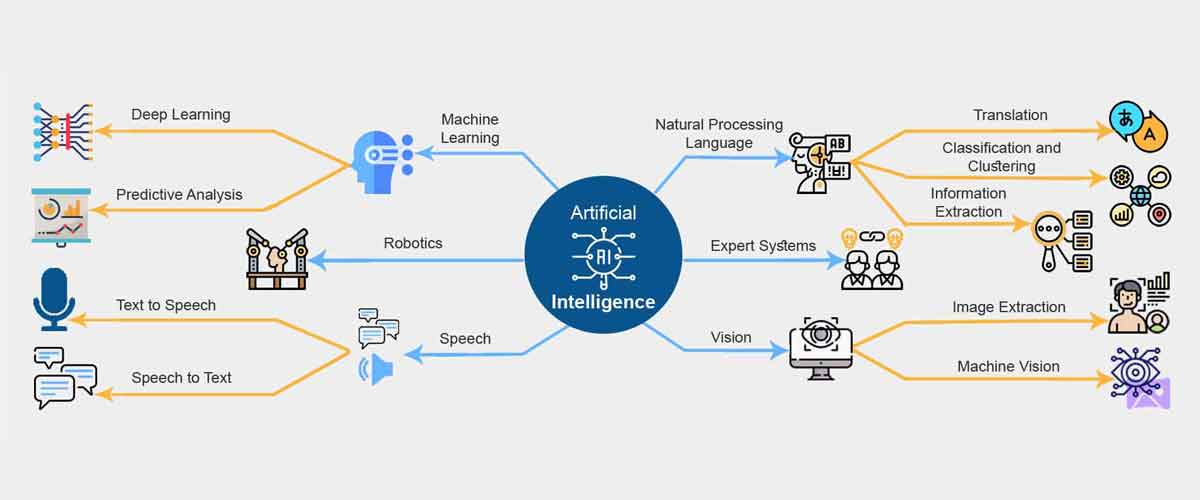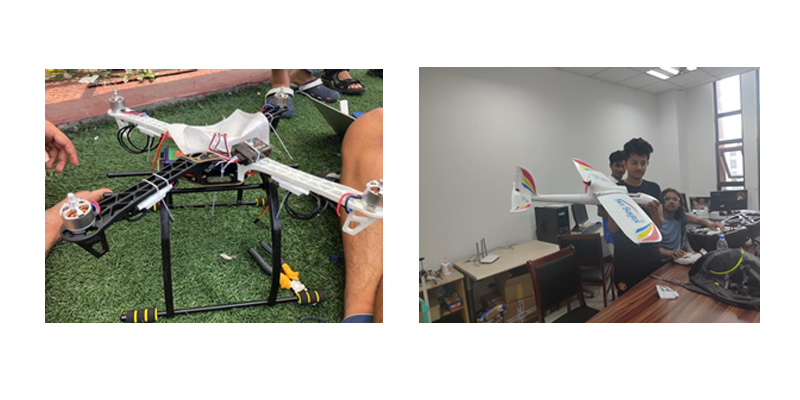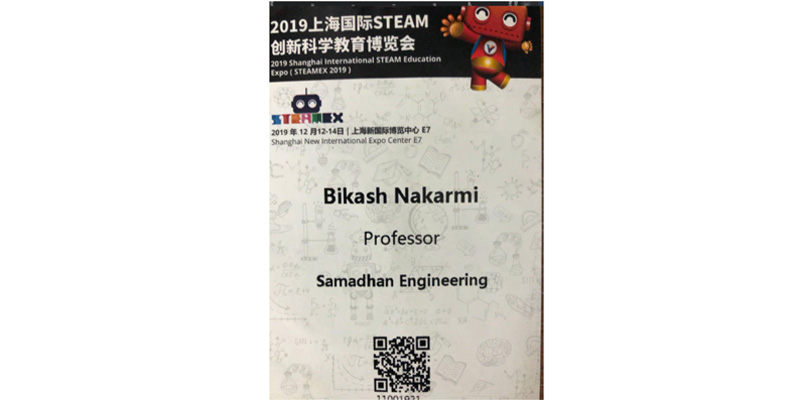
Artificial Intelligence Applications
The term "Artificial Intelligence" is coined by an American computer scientist John McCarthy about a century ago. The science and engineering development of computer systems to perform tasks normally requires human intelligence, such as visual perception, speech recognition, decision making and translation between languages. The perfect Artificial Intelligence (AI) is achieved when all the applications of AI such as machine learning (ML), speech recognition, robotics, natural language processing (NLP), and expert systems vision are achieved.

Most of the time, ML is confused with AI but they are not completely same things. Machine learning falls under AI. It is a major application of AI that provides machines the ability to autonomously learn and improvise themselves without being externally programmed. Machine Learning prioritizes on the development of computer programs that can rely on data given by the users and use it to learn for themselves. Just like an infant learning words from her mother. Machine learning can be categorized into two sub application. Deep learning and Predictive analytics. Deep learning is an AI application that emulates the functioning of human brain in data processing and shaping patterns for proper use in decision making. Whereas, predictive analytics deals with making decisions, and recognizing complex patterns. Machine learning which includes deep learning and predictive analytics plays the role of backbone of AI.
Another key prospect of AI is Speech recognition. The ability of a device to convert audio to text and text to audio shows the possibility of Artificial intelligence in our future. We have been using AI in speech as Siri, Alexa, and Google. Natural language processing is a part of AI that helps computers to understand, interpret and manipulate human language. Natural language processing draws from many practices, including computer science and computational linguistics, in its attempt to fill the gap between human communication and computer understanding. It helps in translation of languages. classification and clustering of similar languages resulting in creation of ML and finally AI. Similarly, computer vision is a subset of mainstream AI that deals with the science of making computers or machines visually enabled so that they can analyze and understand an image. The prospects of image recognition promise development of perfect AI capable of human level thinking. Can you imagine AI? You imagine a robot, right? Robotics completes AI and we can say it as the Face of AI. After the combination of different aspects of AI such as machine learning, machine vision, Natural language processing we can finally create a body for AI and this body is known as a robot. Endless possibilities, unimaginable progress, and prosperous mankind; these are the promises of AI and we believe computer does not lie.









 +977-9810395846
+977-9810395846